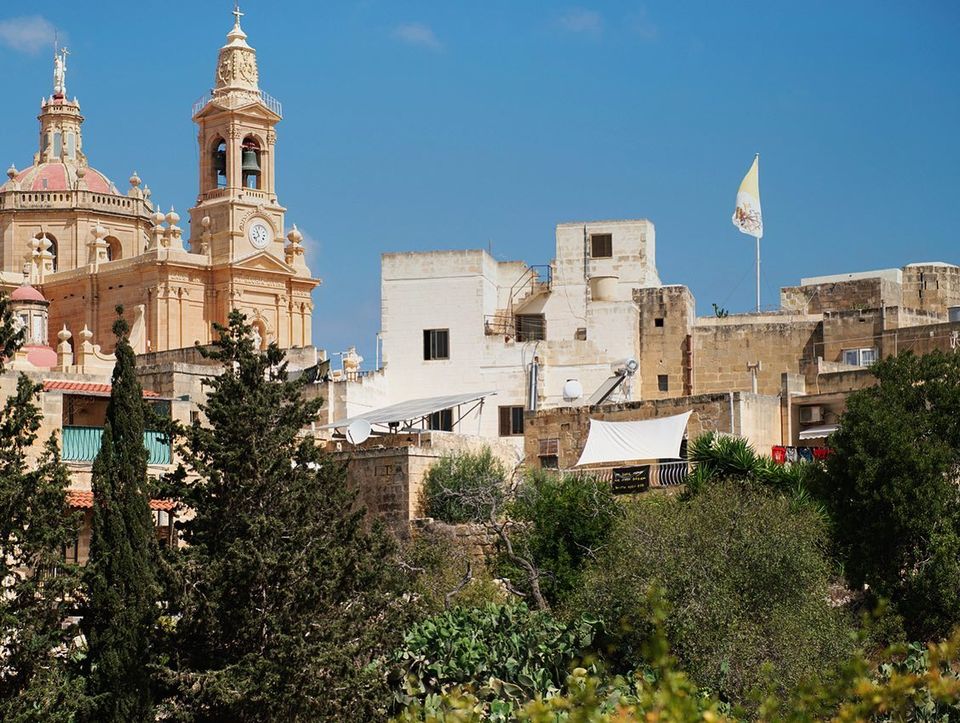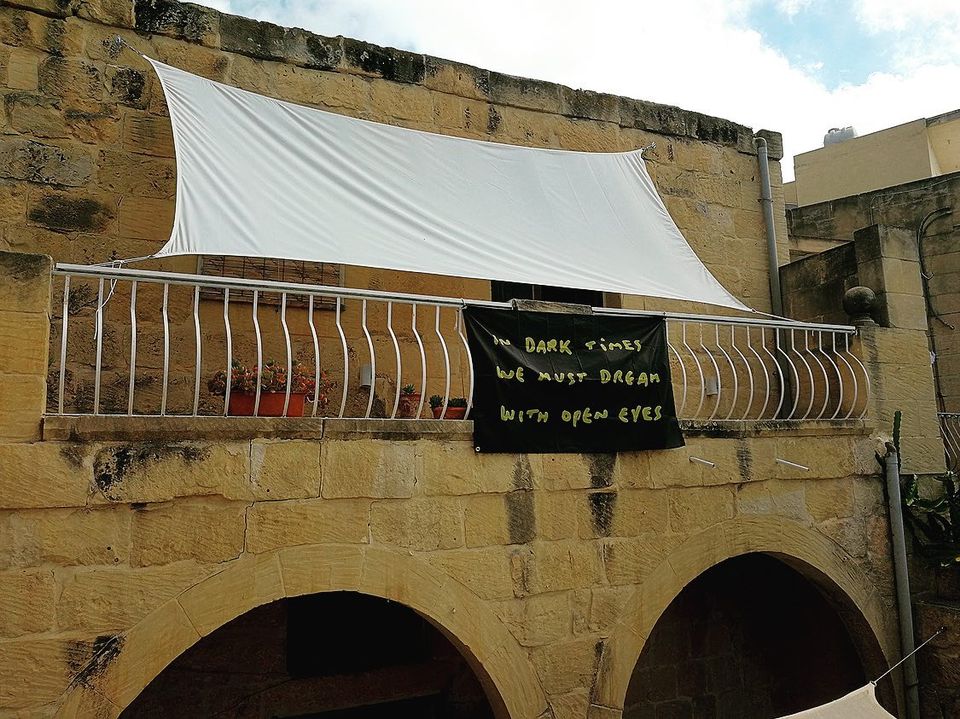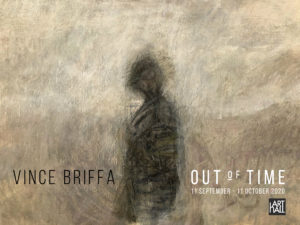
AI is a pun. It is the pronunciation of “love” in Chinese pinyin, and at the same time, stands for “Artificial Intelligence” in English. The two alphabets express the exhibition’s focus, which is to present the love that this generation has acquired in the age of social networking. The exhibition discusses the emotional decisions under the influence of algorithms, love affairs in the online environment, and the physical intimacies in long-distance relationships (Eros); It also resonates the sympathies woven by big data, which gathers people with similar ideologies and excludes those who disagree (Philia). Luc Ferry once said that “love never comes without hatred; they are probably two inseparable passions, if only because love leads us to hate those who hurt the people we love.”
The exhibition is designed as a dichotomous structure. Inspired by the typical “swipe right to like, swipe left to dislike” mechanism, it starts with a virtual online dating app that leads the audience to two different spaces. It is a metaphor for our manipulated emotions and speaks about romantic online relationships through an intertextual narrative. These romantic relationships have been perceived as “natural” interactions without being in the same physical space, groundless affection, and even remote performances of sexual desire. For millennials, the internet provides more freedom for expressing their instinctual egos while the physical world and people seem to be distant. These subtle emotions connect to our “inner-selves” are spread across the fiber optic network ubiquitously, raising the question that if our connection to the virtual domain means the detachment to the real world. Simultaneously, the layout of the exhibition is a spatial representation of our online behavior, meaning that every time one chooses to like or dislike, click or unclick, the algorithm generates the user’s data packet and direct the online route through the privacy permissions. We have literally no authentic choice among the numerous options. By “collaborative filtering” and “autocomplete” function (e.g. “Recommended for you” on Amazon, “Who to Follow” on Twitter, and “Topic you might like” on Quora), network science follows its default logic: “Birds of a feather flock together.” It generates social bubbles, which leads to discourse polarization, the proliferation of identity politics, and deeper divisions of our cultural and political landscape.
Now connect to the Internet, type in “AI” and searched for “Love”, I see people shouting, singing, mourning, feeling, fantasizing, and contemplating in struggles about gaining and losing love. It is the most distant course that comes nearest to thyself, and that training is the most intricate which leads to the utter simplicity of a tune.[1]With regard to Love and AI, we experience the featured artists’ tales through the spectrum of their works, and rethink the emotional and technological circumstances of our time.
[1] Rabindranath Tagore, Gitanjali
About Curator
Jenny CHEN Jiaying, writer and curator. She is now having a PhD program of Western Philosophy at Eastern China Normal University. She holds a Bachelor of Arts from the Department of Art History of China Academy of Art and received her Master of Arts degree from Lancaster University in the UK. She has contributed to media such as Artforum (CN), Artshard and NOWNESS. Recent Projects include: “Copernicus”, E.M.Bannister Gallery of Rhode Island College, Providence, U.S.A (2019); “Li Hanwei: Liquid Health”, Goethe Space, Shanghai (2019); “First edition of the Shanghai Curators Lab”, Shanghai Academy of Fine Arts, Shanghai (2018). Jenny’s other academic activities include the First Annual Conference of Network Society “Forces of Reticulation” roundtable and Huayu Forum of Art, etc.
Her article “Post-Internet Art Inside and Outside the Chinternet” was included in the collection of essays Forces of Reticulation published by China Academy of Art Press. Co-writing and editing of Shanghai Contemporary Art Archival Project 1998-2010, was published by MOUSSE in 2017.
About Hyundai Blue Prize
The Hyundai Blue Prize prioritizes creativity and sustainability over experience level when evaluating applicants. Each year, emerging Chinese curators submit exhibition proposals based on a theme that reflects Hyundai’s long-term vision. Up to six shortlisted curators will be offered a ‘One-on-One Mentorship’ from junior and senior jury members, who help applicants to prepare their final proposals, make connections within the art world, and explore their full potential.
About Hyundai Motorstudio
Hyundai Motorstudios are brand experience spaces that reflect the company’s artistic spirit and experimental approach to art, design and technology. This is where “motor,” a word used in the automobile industry, and “studio,” a word used to describe a space for contemplation and creation, meet in a manner accessible to the public.



